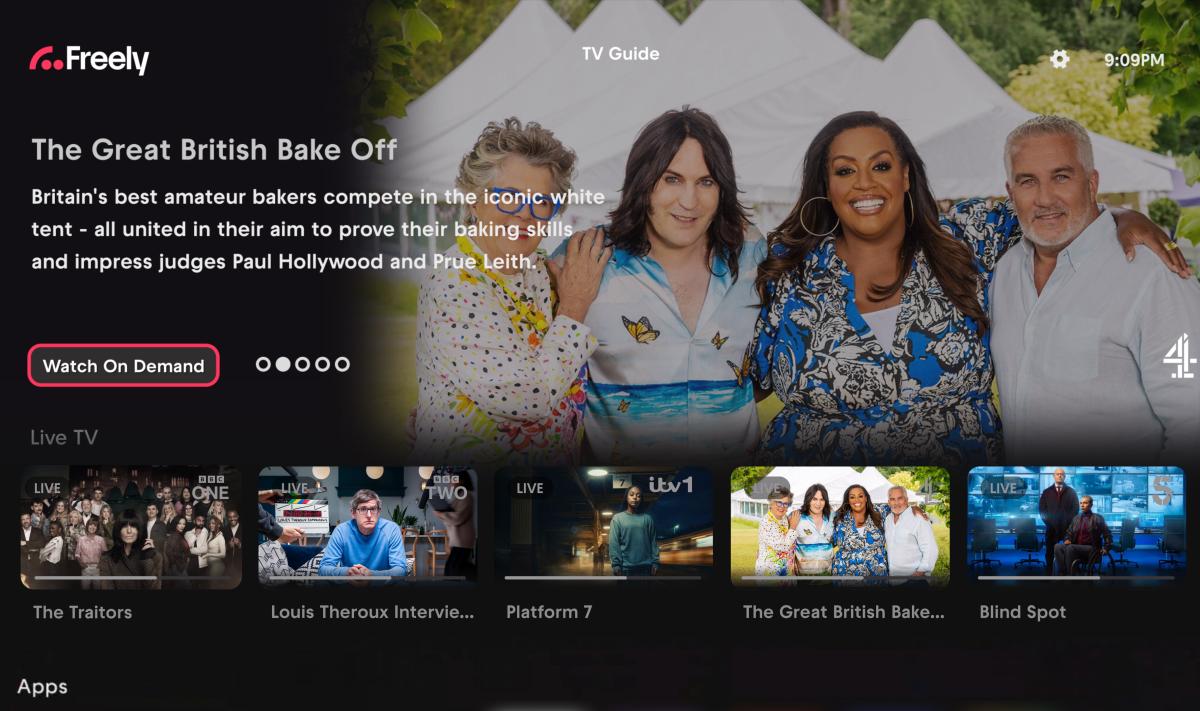 Supply-side ad tech company Telaria announced last month it had reached 100 percent fee transparency, having brought in a big four accounting firm to conduct an independent review of its platform. CEO Mark Zagorski believes more of Telaria’s peers should do the same, saying that while many are keen to tout their transparency credentials, few have the evidence to back up their claims. In this Q&A, Zagorski also discusses what motivated Telaria’s shift to focusing on the supply-side only, and where he thinks the biggest opportunities lie for over-the-top (OTT) platforms.
Supply-side ad tech company Telaria announced last month it had reached 100 percent fee transparency, having brought in a big four accounting firm to conduct an independent review of its platform. CEO Mark Zagorski believes more of Telaria’s peers should do the same, saying that while many are keen to tout their transparency credentials, few have the evidence to back up their claims. In this Q&A, Zagorski also discusses what motivated Telaria’s shift to focusing on the supply-side only, and where he thinks the biggest opportunities lie for over-the-top (OTT) platforms.
How has focusing only on the sell-side changed your business?
Our decision to focus on the sell-side was driven by both the immense growth in demand we had seen for premium connected TV inventory and the desire from our publishers to have an independent, unconflicted tech platform to take advantage of this growth. We decided to remove the friction from our buy side/sell side business model and double down on the biggest opportunity for us and our partners.
We have no legacy ties with a buy side business that presents even a hint of a conflict of interest with demand partners. Our singular goal is to help our premium video and CTV publishers optimise their video advertising businesses. Our recent investments in technology, highlighted by the launch of our video management platform our CTV optimised ad server, is a perfect example of our ability to focus all of our efforts on the supply side.
How are you responding to the moves towards greater transparency? Do you think technologies like blockchain have a role to play?
Being a trusted partner and ensuring our technology is configured to do exactly what we say it does is integral to both our mission and success as a company. We’re seeing a lot of technology companies touting transparency but few are able to offer concrete evidence to back those claims up. We can. We recently brought in a leading third-party accounting and auditing firm to verify our fee transparency claims and the resulting report confirmed that there are no arbitrage or hidden fees in any deal transaction, revenue share is calculated correctly for publishers and final sale price to bidders is calculated correctly. As far as we know, we’re the first and only technology company in our space to perform such an audit and we encourage more of our peers to do the same.
It’s still early days for blockchain in digital advertising but for any initiative or technology to solve the transparency issue, we need industry-wide collaboration. There needs to be a clear benefit for all sides and implementation has to be relatively straightforward. Just look at ads.txt and how successful that has been after just one year – publishers are protected from domain spoofing, buyers know which sellers to trust and technology partners are consolidating around quality. It’s not a high-tech solution but that’s also why it works.
Does the ‘SSP’ acronym still work to describe your business or do you find it limiting?
To call Telaria an SSP is like calling Google a ‘search engine’. ‘SSP’ describes just one component of our integrated solution that helps premium video publishers unlock the full value of their content. It’s an important one, for sure, and it’s at the core of what we do, but, as we spent time listening to our partners it was clear that they wanted to manage all monetization functions, across all platforms, in one place. The launch of our VMP accomplished that.
With a robust analytics suite, an automated decisioning engine, and an ad server built for the advanced TV age, we’re providing publishers with an integrated solution to monetise both direct-sold and programmatic inventory in one place. We are the only independent, fully transparent video platform built for advanced TV at scale.
When it comes to OTT, where do you think the greatest opportunities will be outside of “traditional television”?
The interesting thing is that many consumers already equate watching content through an internet-connected television as simply “watching TV”. So when we talk about opportunities outside of “traditional television”, what we are really talking about is much of the same content but delivered on any platform, wherever that may be. Consumers still want a premium, lean-back experience, particularly when it comes to live events and sports and that means CTV or OTT delivered on a large screen.
CTV is a better viewer experience and advertiser experience. Viewers love the flexibility of live and on demand as well as the breadth of content available. Advertisers love the high quality large screen environment and addressability.
We’re seeing impressive growth in CTV and ultimately believe that is where all “traditional television viewing” is headed and where the largest OTT opportunity exists. It’s our main focus. In Q1 CTV made up nearly a quarter of our total revenue and we expect this to increase.
Overall, we’re going to see growth in OTT advertising accelerate this year and next. The IAB recently released their guidelines for IFA on OTT platforms which will simplify targeting, measurement and the ability to transact at scale. Once this standard is widely adopted, advertising on CTV will be more streamlined.




